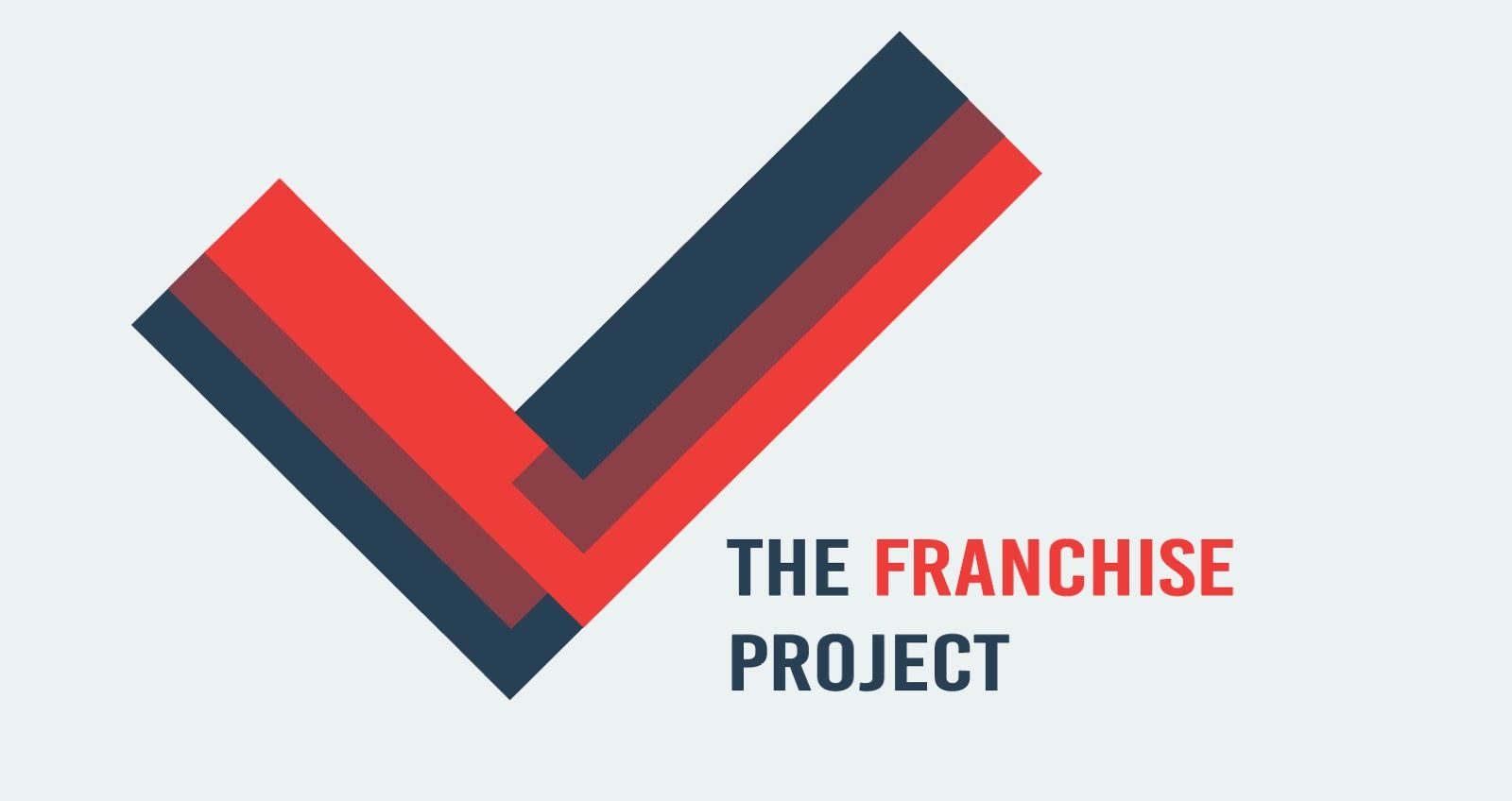Background
Same-day voter registration is a valuable elections policy offering a range of benefits for voters and states, including encouraging increased voter turnout. This policy allows any citizen qualified to vote to visit their poll site, early voting location, or Board of Elections office; register to vote; and vote on the same day.
Currently, this is only offered in fifteen states and the District of Columbia. Washington has passed it and will implement it in 2019. Two more, Maryland and North Carolina, allow for this practice during portions of the early voting period but not on Election Day. In addition, Utah has tested a pilot program for same-day registration and Rhode Island allows voters to cast votes only for President and Vice President, albeit only at the Board of Canvassers office.
How it Works
To ensure that those who show up to their poll place and are not registered are eligible to vote, each state requires multiple documents to actually cast a vote.
First, citizens must showcase proof of residency. All states will accept a driver’s license or ID card. Some states allow other documents, including a paycheck or utility bill, to verify their residency. An even smaller minority of states will accept validation from a currently registered voter to suffice.
In addition, the voter must verify their identity with some form of documentation. Some states require a photo ID, while others accept IDs without a photo.
Finally, specific states may have other security measures to validate the votes cast by those who register on election day as legitimate.
Same-day registration is associated with minimal, if any, additional administrative costs for states. Same-day registration is credited with reducing the use of costly provisional ballots, which are often rejected, since the policy allows voters to self-correct voter rolls.
Benefits
Benefits of same-day registration policies are numerous, both for the state and for the voter.
The first is an undisputed increase in voter turnout for states that offer it versus states that don’t. The former averaged a turnout over 10 percentage points higher than the latter in the 2012 election. In the same year, four of the top five states for voter turnout were those that offered same-day registration. Research also suggests that same-day registration can increase youth voter turnout in presidential elections by almost 15%.
Same-day registration accounts for the increased interest that occurs in the final weeks of a campaign. Registration deadlines often fall a month or more before the election, restricting ballot access for those who become interested in voting closer to Election Day, along with others such as those who have changed their address close to Election Day.
Finally, this practice allows for self-correction of incomplete voter rolls due to voters moving or bureaucratic errors in traditional registration processing. In 2012, The Pew Center on the States found that approximately 24 million voter registrations were no longer valid or significantly inaccurate. Same-day registration allows voters to update their registration and remain eligible to vote.
Take Action
The above benefits, combined with security measures to maintain election integrity, demonstrate the strength of same-day registration. It is unfortunate that only fifteen states have any same-day registration in place. We must continue to advocate for this policy to be adopted nationwide. Here are some steps you can take to help make same-day voter registration the standard nationwide:
- Contact your representatives and tell them you want same-day voter registration available both in your state and nationwide
- Talk with your family and friends about the benefits of same-day registration and encourage them to advocate their representatives as well
- Engage in related advocacy with The Franchise Project
Sources
